What Causes Condensation on Metal Roofs, and How to Treat It
How Condensation Forms on Commercial Metal Roofs
Let’s take a trip back to our elementary school science class for a refresher on how condensation forms. Just like rain, condensation occurs when there is more moisture in the air than the air is capable of holding. The warmer the air, the more moisture it is able to hold. Condensation becomes water droplets when the moisture in the air makes contact with a cooler surface, such as the underside of your roof.
The more humid the air in the building, the more condensation you are likely to have. The warmer the air, the more water vapor it is able to hold. That is why warmer temperatures typically go hand in hand with increased humidity.
At first, condensation may seem like a small problem or a nuisance. You may think it’s just a few drops of water and move on with your day. However, those ‘few drops of water’ can cause a tremendous amount of damage to your building and the equipment inside. If enough water droplets make their way into your building, you could have a major moisture problem on your hands. Repeated buildup of moisture can lead to a great deal of damage and expenses. Mold and mildew are typically the moisture problems building owners and facility managers are most familiar with.
However, excessive moisture can lead to a slew of other costly and challenging problems. Damage from repeated freezing and thawing can be a major problem if there is too much moisture in your building.
This can lead to pipes cracking and damage to other hard surfaces. Many people think that galvanized steel is immune from rust. Galvanized steel may be resistant to rust, but it is certainly not immune. With enough exposure to condensation even galvanized steel will begin to rust.
Two Forms of Condensation
All forms of condensation are not created equal. In fact, there are two forms of condensation, visible condensation and concealed condensation. Visible condensation is the form you are probably most familiar with. Visible condensation can be easily seen on pipes, windows, and other hard surfaces.
Concealed condensation is the second and most problematic form of condensation. Concealed condensation occurs in situations where moisture makes its way inside of the building envelope and forms condensation on hard surfaces.
The Effect of Condensation on a Metal Roof
Metal and water don’t mix. You don’t have to be a chemist or engineer to understand water on the underside of your metal roof is a recipe for trouble. If water vapors continually gather on the bottom side of your metal roof it could lead to oxidation, which in turn leads to rust. Rust can lead to a catastrophic roof failure.
Roof damage from condensation could be difficult to spot. If you have some form of insulation on the bottom of your roof it may be difficult for you to spot oxidation when it is happening. The insulation or covering on the bottom of your roof could conceal visual indicators of structural defects.
If you examine your roof from the top, the outermost layer may show no signs of damage. Condensation could be destroying your roof from the inside out, and you may never find out until your roof is in need of repair.
The Leading Causes of Condensation in Commercial Buildings
Finding the source of your moisture problem can be a tricky proposition. Typically, there are three sources of moisture that can lead to condensation problems, exterior moisture, interior moisture, and built in moisture.
Exterior moisture is the moisture source facility managers and building owners seem to be most familiar with. These moisture sources are environmental. Rain, stormwater, snow melt and groundwater makeup this particular condensation category. Issues from these condensation sources are going to vary widely depending on the physical environment around the building.
Stopping Condensation Once and for All
There are two basic ways building owners can stop condensation from forming on the underside of their metal roof. Keeping air circulating below the roof is the first option. If air is moving continuously, it will not allow condensation to form. This solution seems straightforward. However, it is very difficult and costly to develop and implement a HVAC solution that will keep the air moving and stop the formation of condensation.
Insulation Is the Key
Insulation is the number one approach for tackling condensation problems in buildings with metal roofs. Installing insulation is the best approach simply because it forms a physical barrier and does not allow moisture in the air to make contact with the cooler surface of the roof.
Not all insulation is created equal when it comes to condensation issues. The typical pink, fluffy insulation that many of us are familiar with can act as a barrier, although, it is not an ideal solution. The fatal flaw for this type of insulation is that it is difficult to keep the area below your roof completely covered and sealed with conventional insulation.
Gaps and seams in the insulation will allow condensation to make its way through. Additionally, the insulation has to be able to keep the area completely sealed. Achieving complete and total coverage with conventional insulation is a tricky proposition.
On the other hand, the very nature of spray foam or SPF insulation makes it the ideal choice for creating a condensation blocking barrier. Spray foam is sprayed into place with a large gun during the installation process. Spray foam expands to fill the installation area. It forms a seamless, rugged membrane. This rugged membrane completely blocks moisture from co-mingling with cooler air. Spray foam is the best solution if you want to stop condensation problems once and for all.
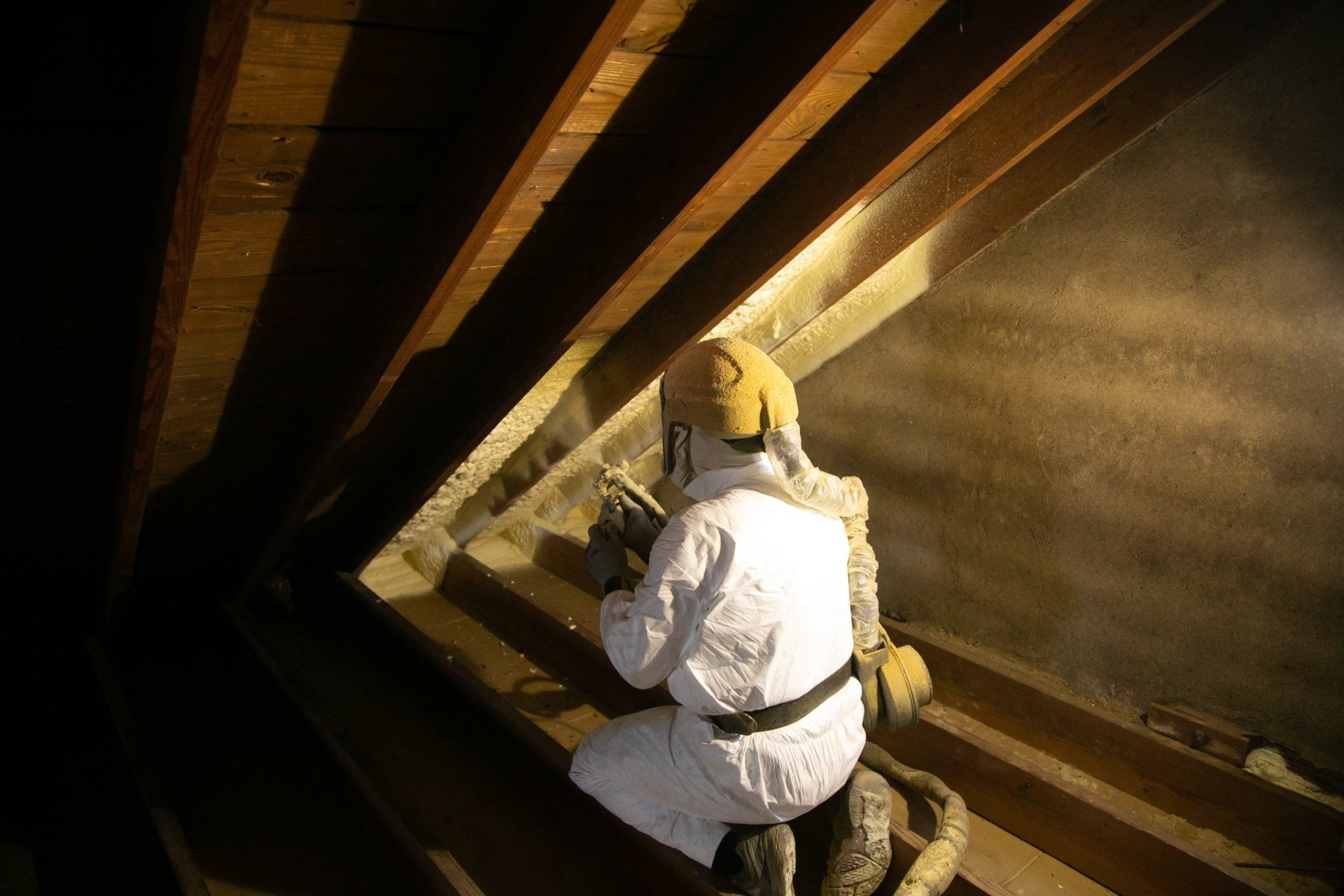
We Are Here to Help With Your Metal Roof Restoration
Business owners or facility managers who have metal roofs should not take condensation problems lightly. Condensation issues can leave you needing to replace your entire roof. At R&A Contractors we are experts with metal roofing and foam insulation. If you have a condensation problem we specialize in the tools necessary to solve that problem quickly and efficiently.
If you have condensation issues or suspect you may have, give us a call immediately. Our roofing installation experts will be able to quickly help you diagnose your problem and determine the best solution. Don’t let a little problem turn into something much bigger. Send us a message to start a conversation today!
Contact Us
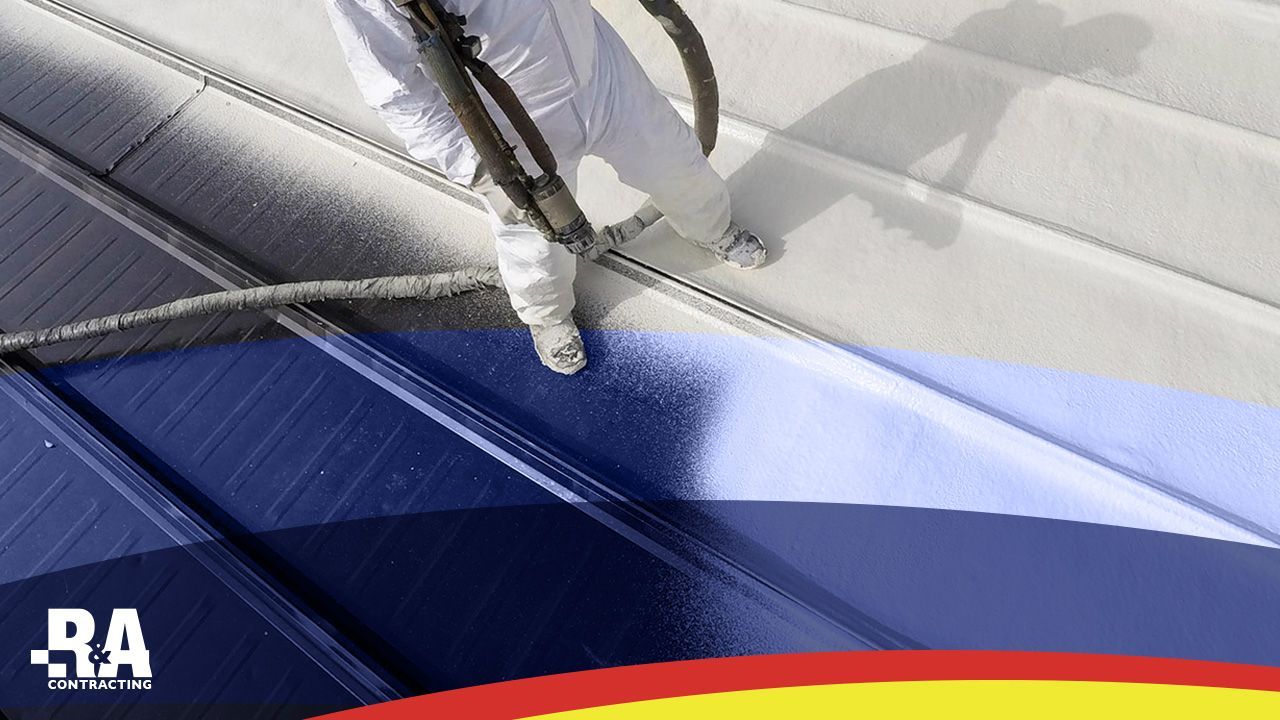
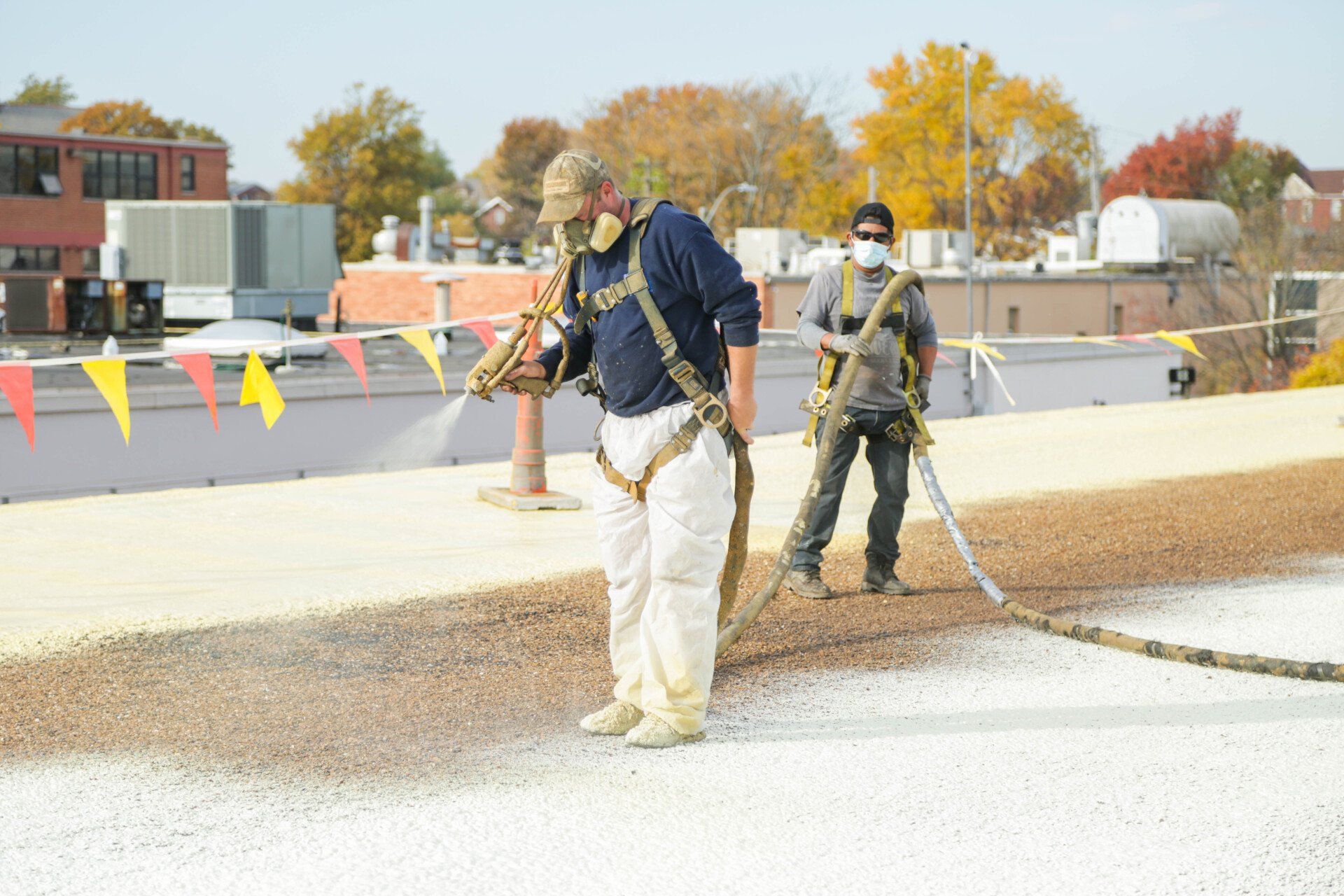

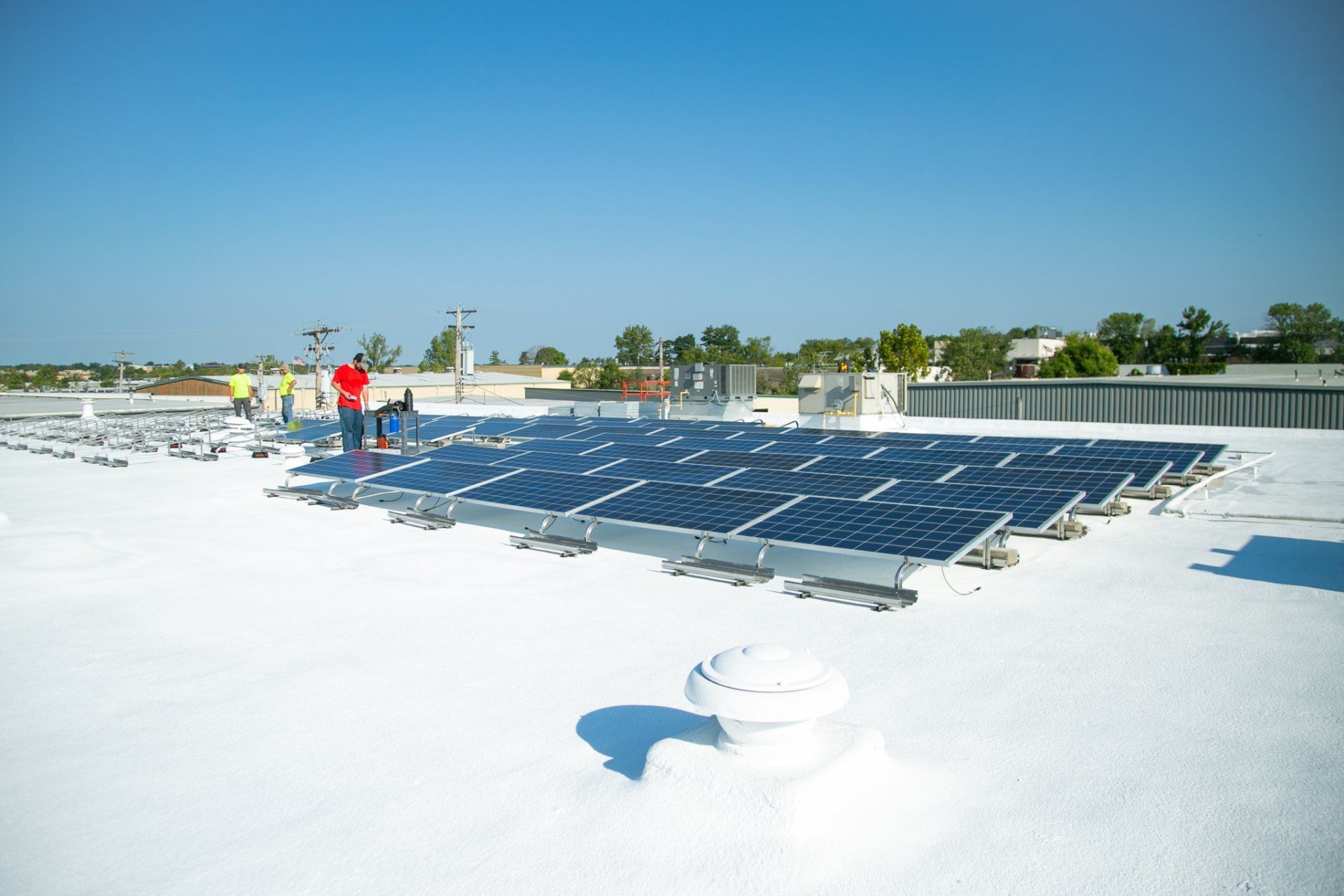
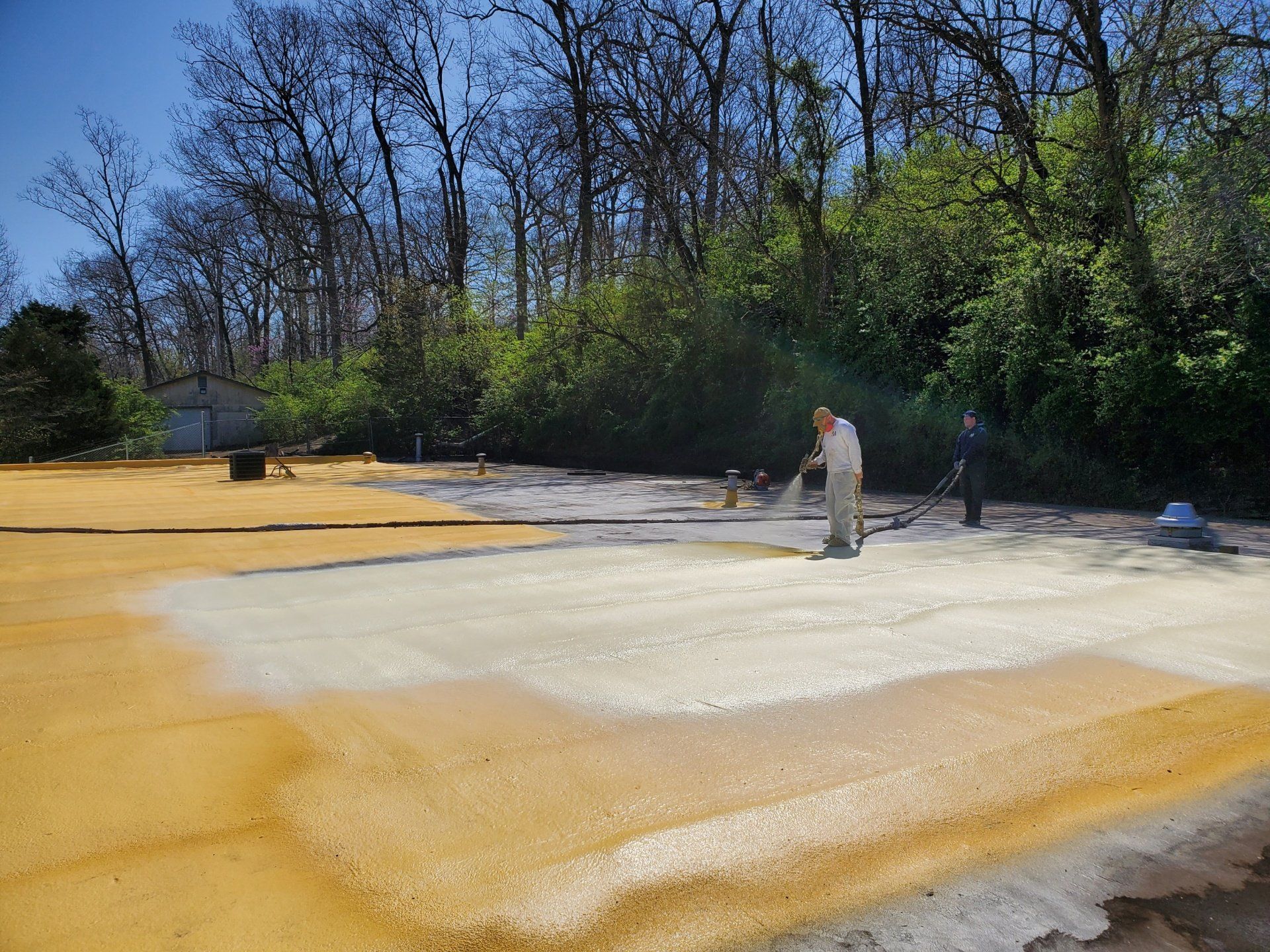
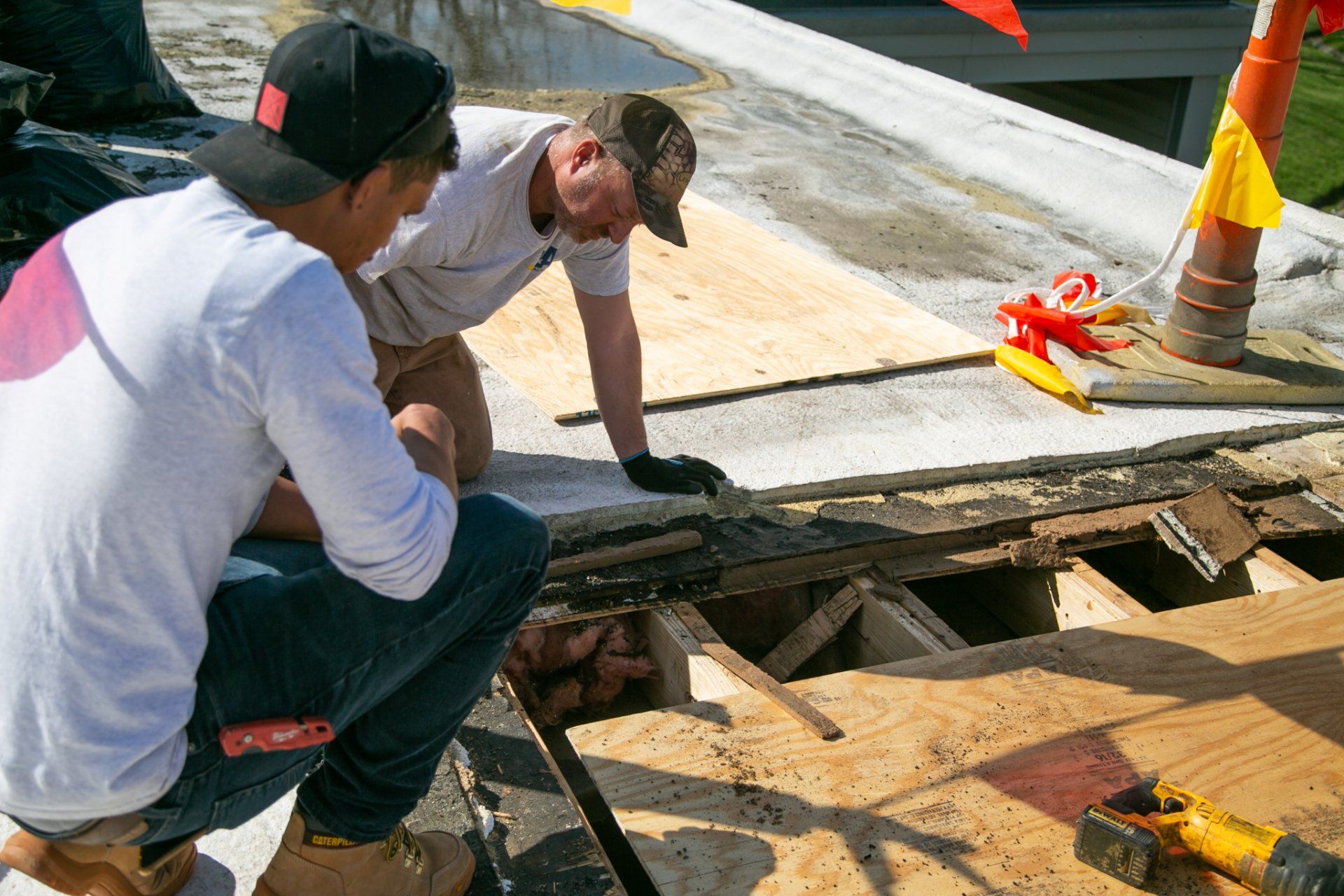
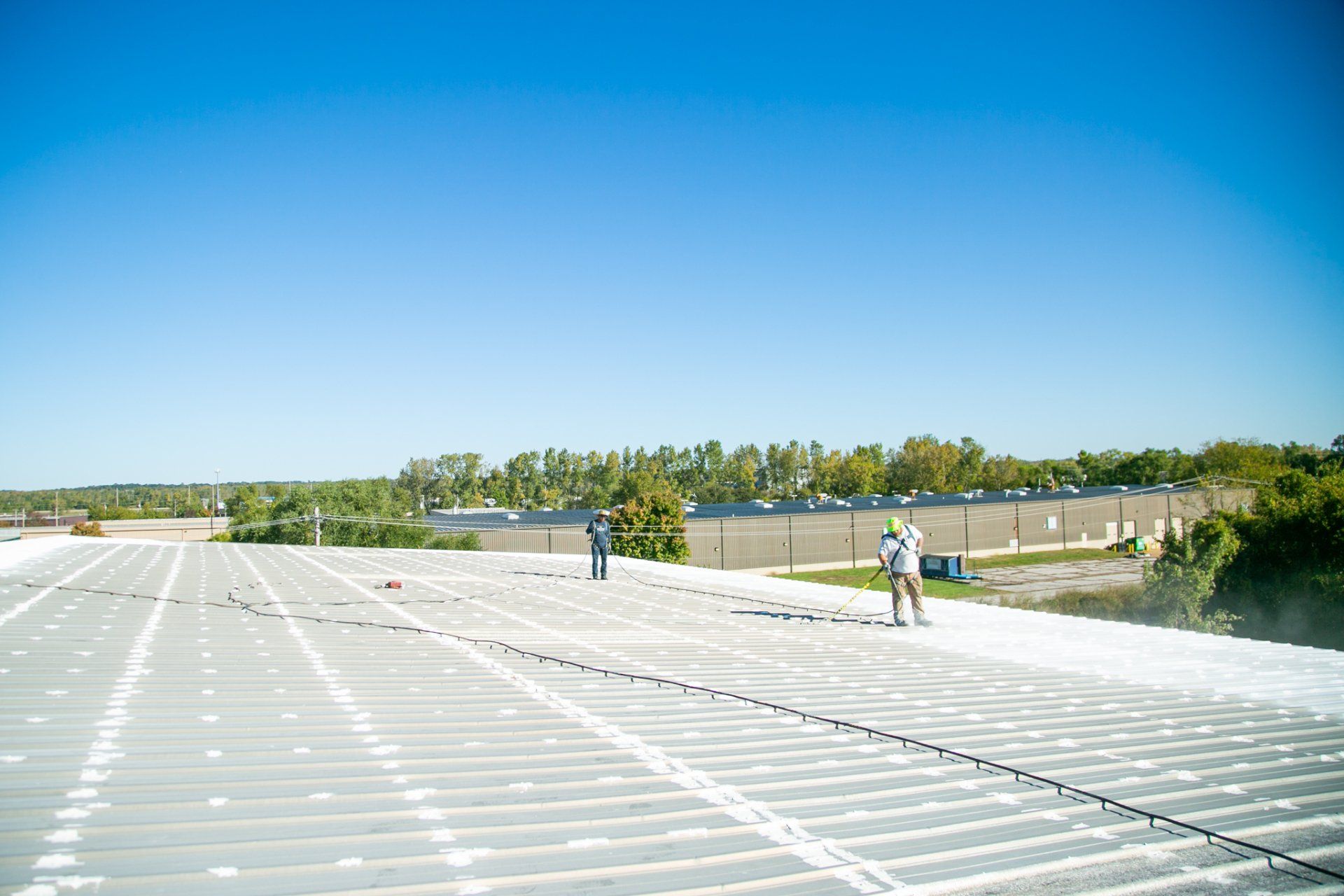
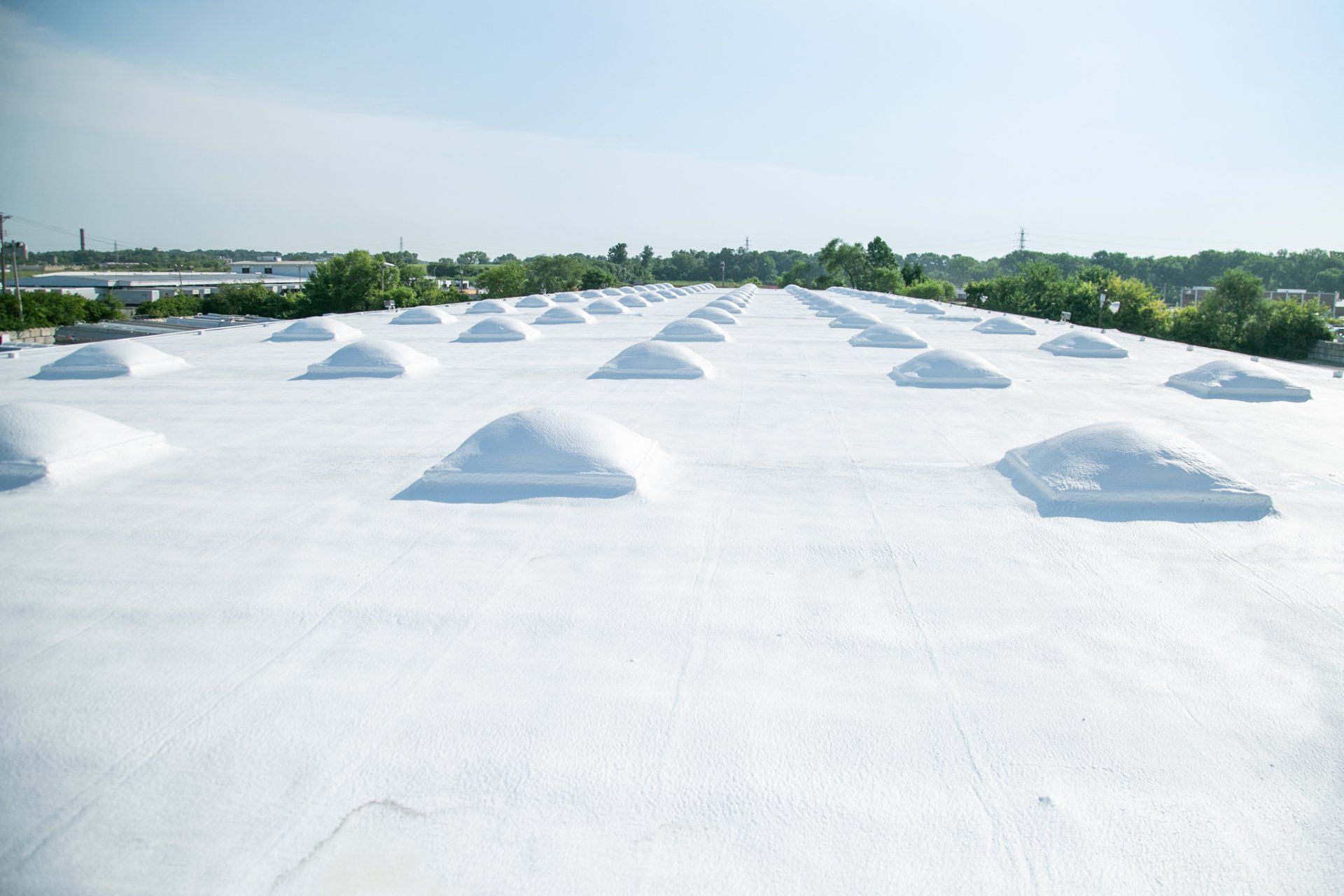
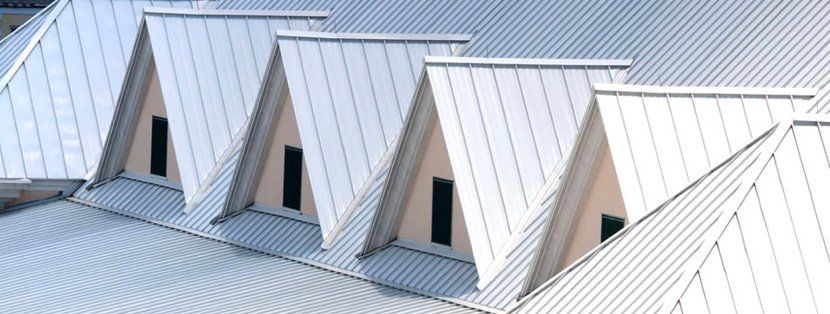
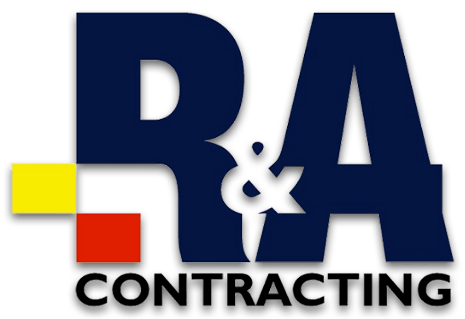
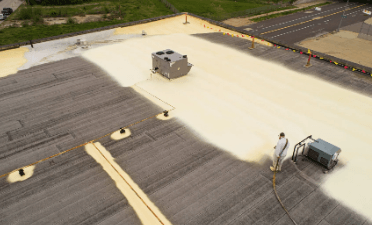
Share On: